News
The best pricing strategies to retain consumer loyalty
30 May 2023
Amidst the uncertainty of inflation and rising costs, a pricing strategy that factors in a degree of elasticity is key to retaining a loyal customer base – as well as keeping track of your competitors’ prices, according to Nielsen IQ.
That’s the key conclusion of research by consumer packaged goods (CPG) market research firm Nielsen IQ, which details a series of different pricing strategies that are applicable to inflation-sensitive products such as food and agricultural goods.

First determine your product’s elasticity
According to the article’s authors, price elasticity measures how a price change affects the purchase of a product. The more elastic a product is, the more likely customers will find alternatives when prices rise.
Conversely, the more inelastic a product, the less likely shoppers are to purchase alternatives when prices rise.
“If you’re the new guy on the block, and need to know your elasticity, first understand your category elasticity,” the article says.
“Then, if you have not changed the price of your product and don’t have that data, you could measure a close competitor’s elasticity. Otherwise, determining elasticity and optimal pricing is a process of trial and error.”
Formulating a pricing strategy in the face of rising prices
Neilsen IQ details the key points to consider in formulating a pricing strategy in preparation for a series of scenarios, where competitors increase their prices.
These include a plan of action if competitors increase their prices first; if the competitor hesitates to make the first move; if they follow suit with price increases, or if the competitor prices even lower.
“In the scenario that your product’s elasticity allows for a higher increase than your competition, consider carefully opting to go for your product’s maximum,” the article suggests.
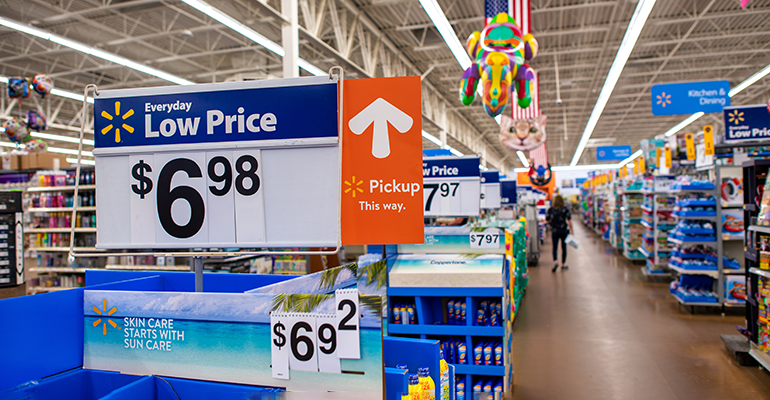 © AdobeStock/jovannig
© AdobeStock/jovannig
“If matching your competitor’s pricing affects your revenue stream enough to cover rising costs in time, that would be the favourable approach.”
The article also suggests sticking to a product’s scoring if a competitor has increased their price points beyond your product’s elasticity measure.
“In this case, you give your competitor’s customers a new advantage in choosing your product and you avoid losing the market share you worked hard to gain,” the authors add.
Good value for money
The issue is particularly pertinent to food manufacturers worldwide, who have had to contend with rising prices of raw materials, energy costs, and poor harvests.
To compensate, many businesses have passed on these costs to consumers, in the knowledge that they may seek out cheaper alternatives.
The study shows that consumers worldwide clearly focus on affordability in the high inflation climate with 95% of Brazilians saying that all brands, whether large or small, are more likely to be considered for purchase if they were proven to be “good value for money.”
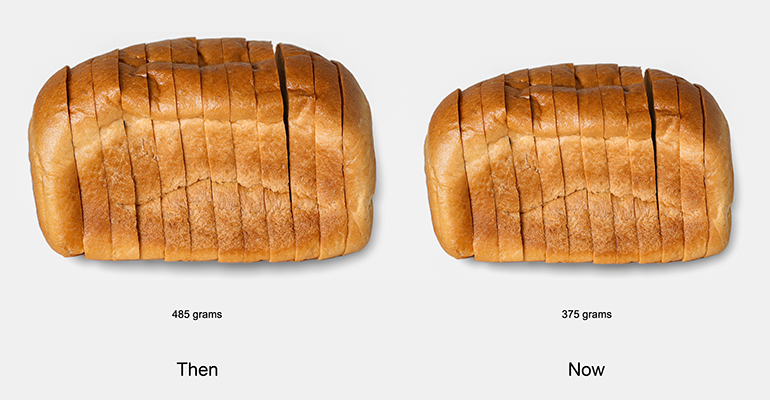 © AdobeStock/Praewphan
© AdobeStock/Praewphan
The same proved to be a high priority for respondents in Mexico (96%), South Africa (97%), Australia (95%), Indonesia (97%), China (92%), South Korea (89%), and India (92%).
Affordability is not the only factor
But the study also reveals that affordability alone is not necessarily the main concern for all consumers with the brand quality compared to competitors along with meeting specific dietary or health needs is a priority concern.
This is true in Saudi Arabia (88%), the UAE (90%), China (94%), and South Korea (90%). Similarly, consumers in Brazil focus on a product meeting specific dietary or health needs (94%).
“Brand loyalty is at an all-time low, and shoppers will go the extra mile to find the product that works best for them,” said the article’s authors of the study
“Here lies an opportunity to have a new look at what a portfolio and individual products can offer more — in short, a chance to innovate.”
Related news

Oat Barista: Innovation for game-changing beverages
20 Nov 2025
Oat Barista is a clean label, sustainable, and innovative drink base specifically designed to create the perfect foam in one single ingredient.
Read more
How younger consumers are redefining ingredient choices and rejecting brand loyalty
18 Nov 2025
Gen Z and millennial consumers’ preferences for transparency, functionality, and purpose are “redefining the very nature of consumption itself”, says SPINS.
Read more
Hybrid formats and flexible positioning to disrupt category norms in 2026
17 Nov 2025
Trend forecasters expect food and drink to move more fluidly across occasions, functions, and formats as consumers seek versatility, novelty, and convenience.
Read more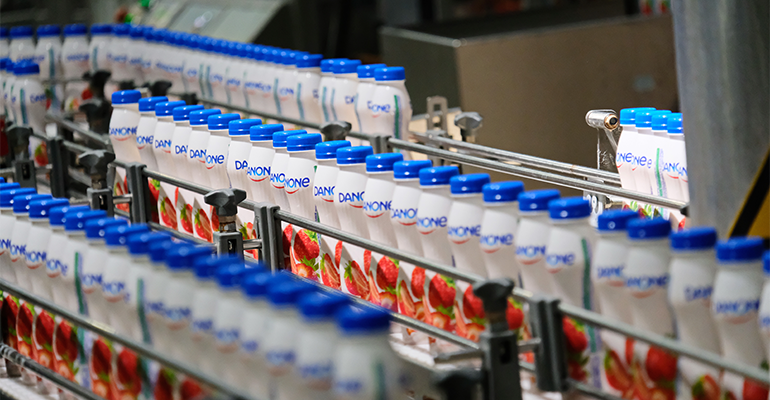
Danone highlights digestive health as potential ‘tipping point’ for food industry
13 Nov 2025
Danone is betting on a food industry “tipping point” that will bloat the market for healthy products, particularly those related to gut health.
Read more
New UPF standard hoped to offer consumers ‘coherence and clarity’
10 Nov 2025
Ingredients companies are being urged to enter “a new era of partnership and innovation” following the launch of the industry’s first non-UPF verification scheme.
Read more
Faravelli at Fi Europe: Showcasing FARA® functional solutions for food and nutra
28 Oct 2025
At Fi Europe 2025 in Paris (stand 72M39), Faravelli showcases FARA® Customized Functional Solutions and a wide ingredient portfolio for food and nutra – delivering quality, innovation, and expertise.
Read more
Agrigum Redefined FIBER
27 Oct 2025
Agrigum has transformed gum acacia into a natural, science-backed fibre that supports gut health, sustainability, and innovation across global food and nutrition applications.
Read more
Expanding boundaries in food & beverage innovation
23 Oct 2025
IMCD and FrieslandCampina Professional expand partnership to deliver Kievit® across EMEA, enabling brands to enhance quality and accelerate time-to-market for tomorrow’s food & beverage creations.
Read more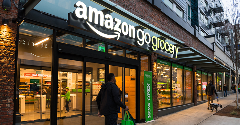
Amazon Grocery launch aims to balance quality with affordability
22 Oct 2025
Global e-commerce giant Amazon has introduced a new private-label food brand, combining existing Amazon Fresh and Happy Belly products with new everyday items.
Read more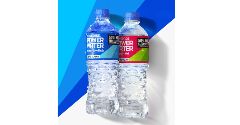
Powerade enters hydration space with launch of Power Water
21 Oct 2025
Coca-Cola’s Powerade brand has launched a zero-sugar, electrolyte-enhanced functional water, marking the brand's entry into the hydration space.
Read more